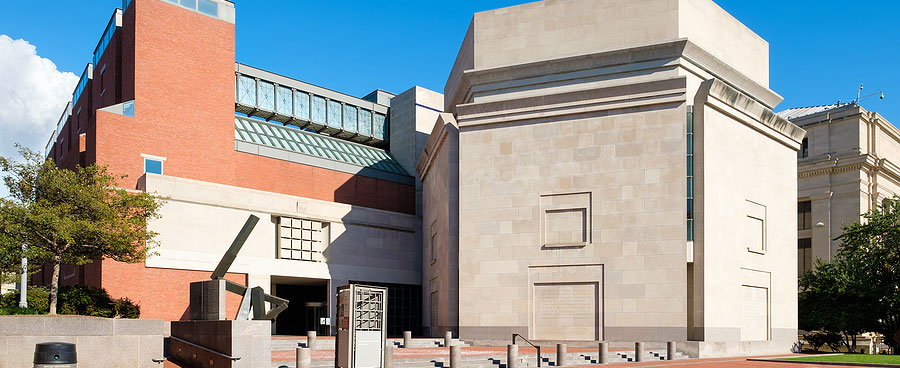Many years ago, I was in Washington DC making my first visit to the Holocaust Museum. I had already been blown away by the way the museum designers had set up the path visitors would travel. First, you are given an identity card—someone who lived during the Holocaust; then you are packed into an elevator with what seems like more than a lot of others on your way to the top floor. You spill out of the elevator and move through the initial exhibits still in crowds. But as you wind your way down from one floor to the next, you suddenly are aware that there are fewer people. Of course, the cause is that people have spread out, some lingering at a specific exhibit while others move more quickly. Still, the feeling is of having lost some of those who packed that elevator with you, and it dawns on you that this was the feeling in the camps—packed into boxcars, then sorted—some going to work assignments and barracks while others were taken directly to the gas chambers.
When I finally reached the ground level, there was a temporary exhibit about non-Jews who had spoken out or stepped up. By now I was physically and especially emotionally exhausted by all I had seen and read, so was only willing to give these posters a passing glance. But then I saw a poster featuring young people and as I skimmed the text, I saw dates—my actual birthdate; my husband’s actual birthdate; and my father’s month and day. On closer reading I discovered these beautiful young people had been arrested and beheaded on those three dates that were so much a part of my life.
That was my introduction to the White Rose resistance group—a network of German, non-Jewish, medical students and their friends who believed they could turn the tide of the war by writing and distributing papers that spoke against Hitler and all he was doing to (in their view) destroy their beloved homeland of Germany.
I could not seem to let it go. I came home and began researching the movement, reading books about the individual players, connecting with an organization here in America dedicated to keeping their story alive, writing a screenplay, and years later including the movement in a novel. [See ALL GOD’S CHILDREN written as Anna Schmidt.] At that point I figured my connection was done. I donated all the research materials I had collected to the Jewish Museum here in Milwaukee and moved on to other stories.
Fast forward to this summer when I made my annual trek to Madison and the Historical Society Library in search of my next writing project. Here I stumbled across a dissertation about one of the lesser-known members of the White Rose. The germ of an idea began to take seed. The author is a professor at Alverno so that was a plus. And yet when I came home, I started developing an entirely different novel. My critique group liked it and I thought I did as well. But after two weeks, I was no longer interested.
Then today I received an email from the past. The woman who founded and manages the White Rose Society here in America was reaching out to me. She had sent letters to old addresses that were returned and then discovered I was on Linked In and made the connection. We have not been in touch for over a decade. Not only that but she lives in PA where I am traveling next month for a retreat in the Poconos so possibly, we will be able to get together. She is truly an expert on the members who made up the White Rose group and she shares my feeling that some members never got their due.
So, a new idea has taken root and I have a new and exciting project to pursue. And all it took was a bit of serendipity.

